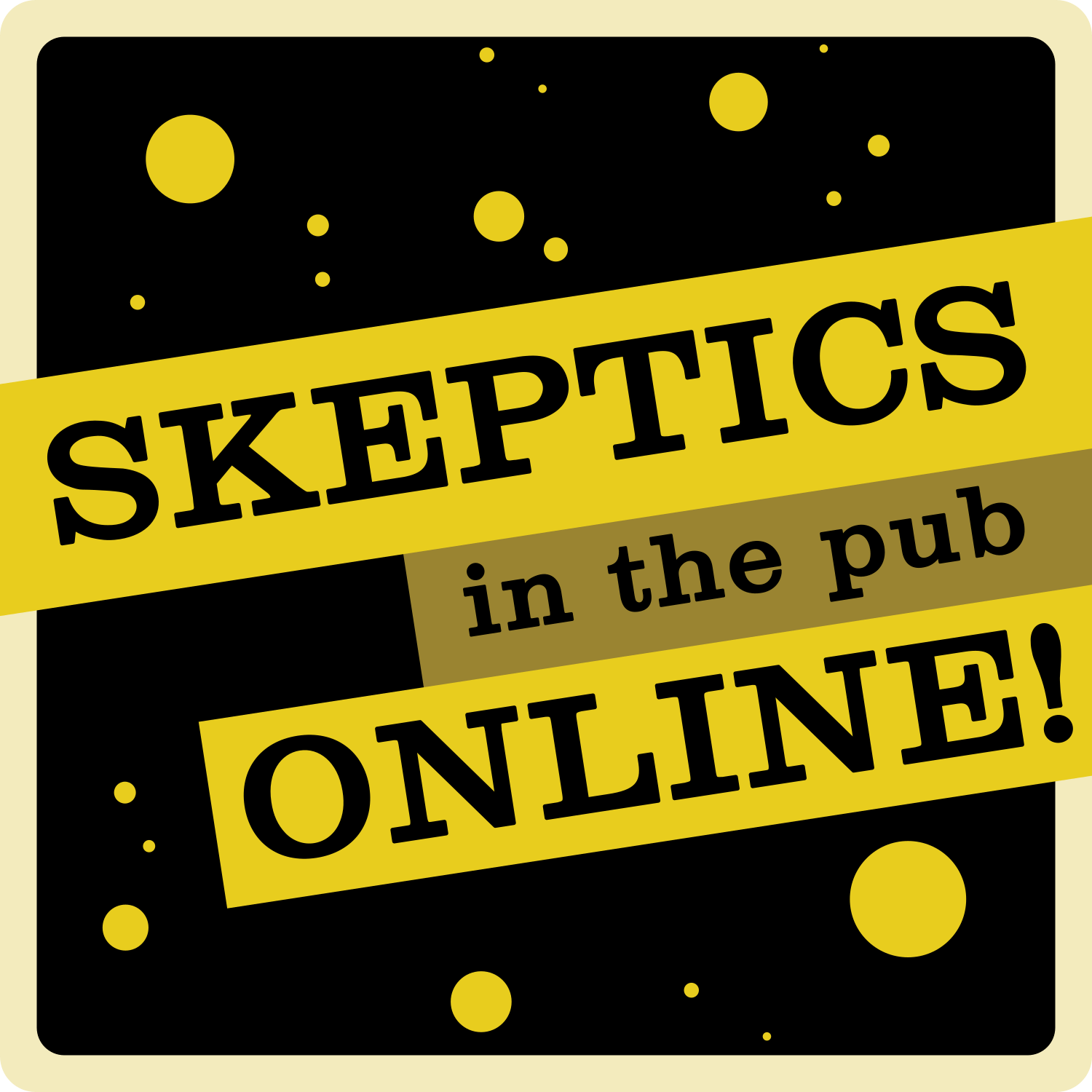On February 18, Folha de S.Paulo (FSP) published an article with the title “Mediums have genetic alterations, shows study coordinated by USP”. The text outlines a study published in the Brazilian Journal of Psychiatry that identified genes supposedly linked to the “gift of mediumship”, according to a statement made by one of the researchers to the FSP journalist.
The protocol adopted seems, at first glance, quite reasonable: a few dozen people who are considered – by their social groups at least – to be “mediums” were selected, and their DNA was compared to that of close relatives in the hope of finding genetic variations that were common to the mediums but absent in the relatives. Those variations, after an extra round of “validation” (in which the genes of the mediums tested against the relatives were compared to those of a second group of mediums), can then be presented by the study as candidates for a supposed genetic basis of “mediumship”.
This apparent reasonableness, however, hides a series of highly problematic implicit assumptions. The selection of participants for the experiment could have been based on a purely objective criterion, instead of resorting to a selection based on personal beliefs and social validation.
Typically, social recognition of someone as a medium, and the perception that their extraordinary communications are accurate, depends on vague, subjective claims. Psychological phenomena that produce the illusion of exceptional or supernatural access to facts and knowledge, such as cold reading, subjective validation, cryptomnesia, and the Forer Effect, are well known and documented in the scientific literature – but the possibility that they are responsible for the participants’ apparent “mediumship” was ignored by the study’s authors.
Any phenomenon that interacts with nature, even if it is not fully understood, can be tested. To date, no good controlled experiment has shown that any human being has extrasensory perception or access to the consciousness of dead people. In the case of this study, participants were selected based on a criterion that in no way proves or offers evidence of any extraordinary powers or abilities they might have.
There was no need, therefore, to dedicate half of a journalistic text to taking the reader through a paranormal narrative. It would be more appropriate to approach the subject as a manifestation of religious and cultural beliefs, or as a result of psychological factors – which, of course, offer simpler and more well-founded explanations than any genetic cause. Pluralitas non est ponenda sine neccesitate (plurality should not be posited without necessity) – a principle known as “Ockham’s Razor”, which states that, broadly speaking, if there are several hypotheses that can explain the same phenomenon, it is more likely that the simplest one is correct.
It should be part of the journalistic repertoire not to report highly speculative and incipient research. At the very least, a well-trained journalist should be able to distinguish between legitimate areas of research, in which pilot studies (less rigorous work, conducted to capture the first signs of a possible phenomenon) are followed by rigorous confirmatory studies, and fields that merely produce an abundance of pilot studies with no rigorous follow up. These latter fields often rely on this plethora of uncontrolled pilot studies to generate headlines and keep the funding taps open.
The coverage in FSP even cites Aldous Huxley, by way of suggesting that mediums may have a less restrictive filter of reality – this is essentially Tooth Fairy science; studying the characteristics and details of a phenomenon before ever actually establishing whether it exists.

One could measure the amount of money the Tooth Fairy left under your pillow, analyse whether the payout is higher for the first or last tooth, or compare whether the reward is higher for a tooth wrapped in plastic or in tissue paper. You could even collect data from several children to get a reasonable statistic about the fairy’s behaviour and personal preferences. None of that data would alter the crucial fact that the Tooth Fairy doesn’t exist – and there’s a much more plausible explanation for your experimental results.
In the case of this mediumship study, the plausible explanation is that the genetic variations found do not differ considerably from what would be expected in random mutations that arise when comparing genomes of close relatives. Inferring a cause-and-effect relationship from this is a gigantic leap, even more so when the “effect” is a social phenomenon. It makes as much sense as comparing the genomes of two brothers, one a fan of one football team, his brother a fan of their rival, and attributing the difference in teams to their genetic variations.
To complicate matters further, close family members share a significant portion of their genetic material, and by analysing genomes (in the specific case of this study, exomes, which are an important part of the genome) as if they were independent, there is a risk of misinterpreting normal genetic variations within the family as significant (the authors thank Dr Luiz Gustavo de Almeida for explanations on genetics).
Although the authors state, in the article in the Brazilian Journal of Psychiatry, that there is no conflict of interest, it is possible to find a postgraduate course in Integration of Spirituality in Clinical Practice where one of the researchers appears as the main figure in the course’s marketing – whose registration and classes, with a discount, total R$11,530 (£1,500).
It is also worth highlighting the growing journalistic interest in spirituality. One day after the publication of the article on mediumship – even before the final version was available in the newspaper – the same FSP published an article praising one of the authors, in which we read: “there is already sufficient scientific data to affirm the presence of spiritual experiences in the world”. Quo vadis, journalism?



